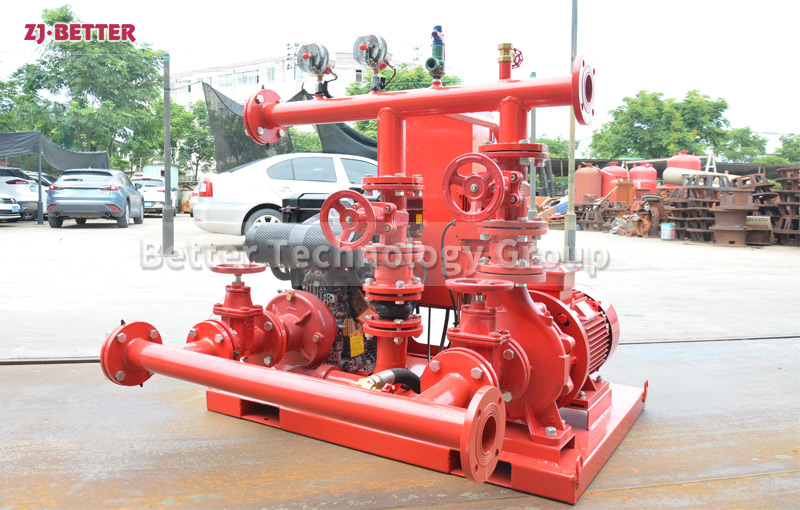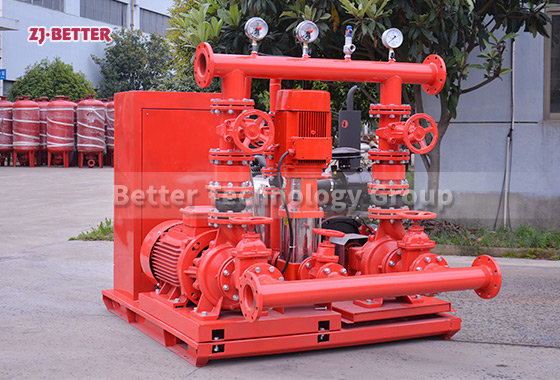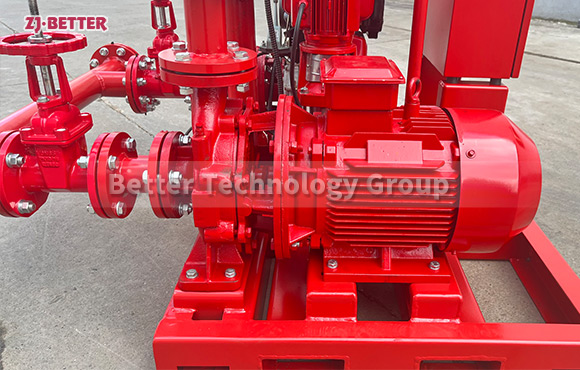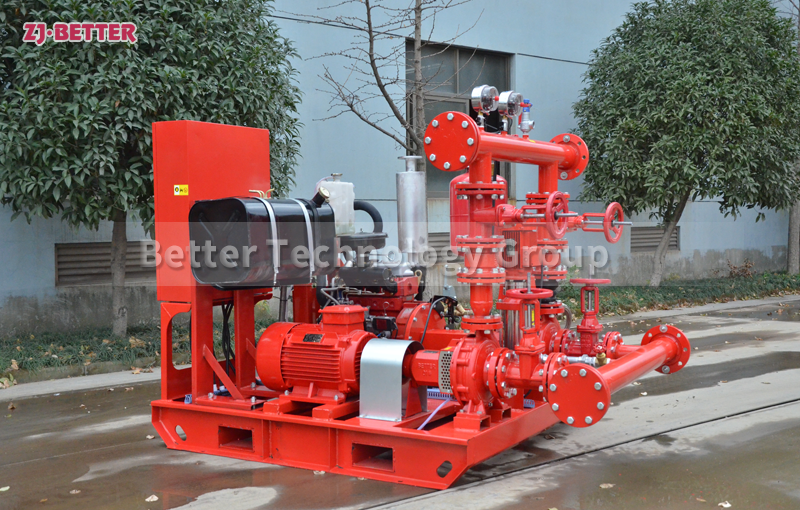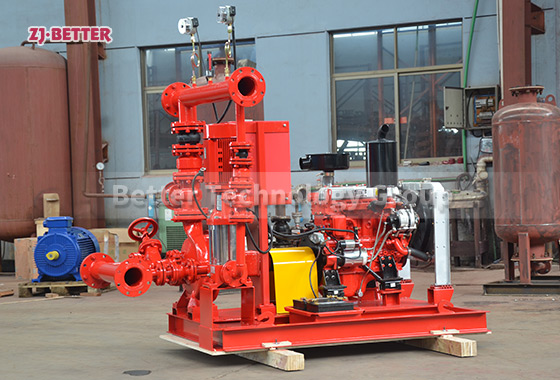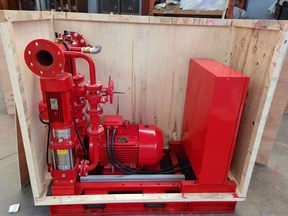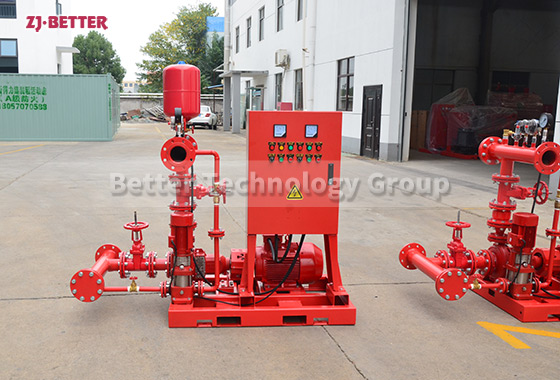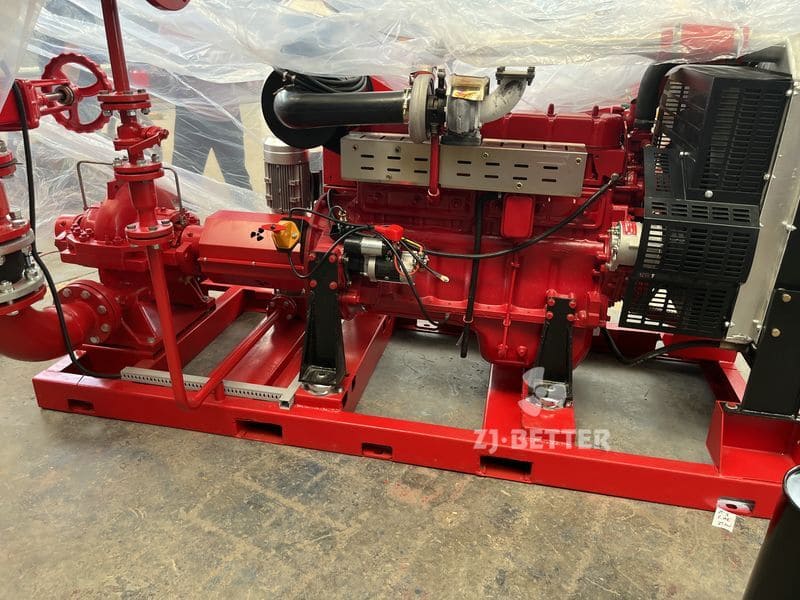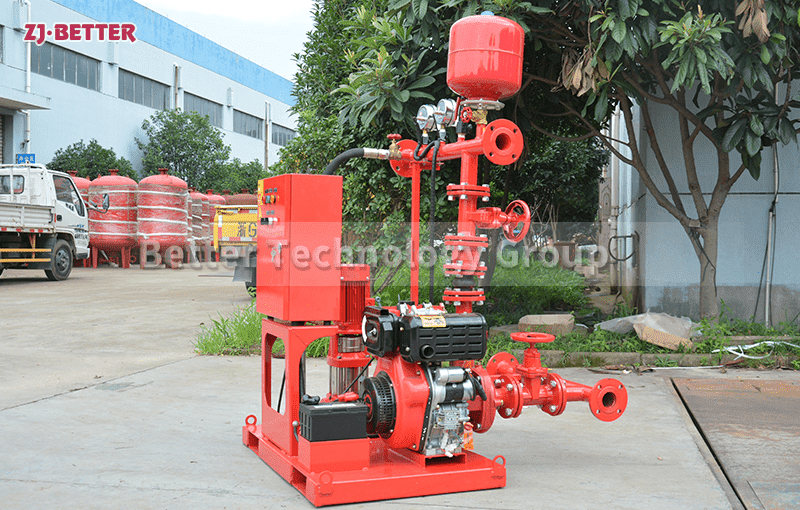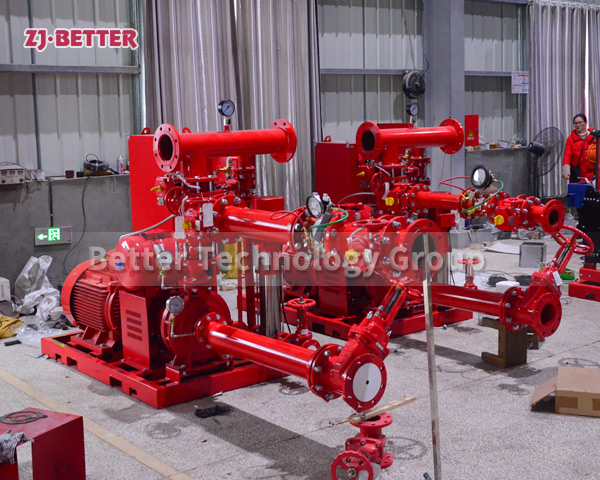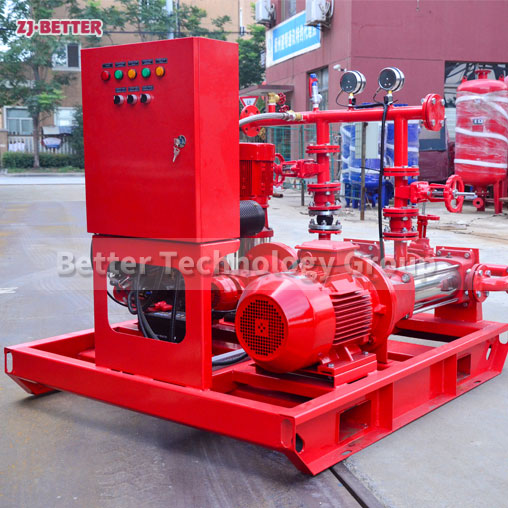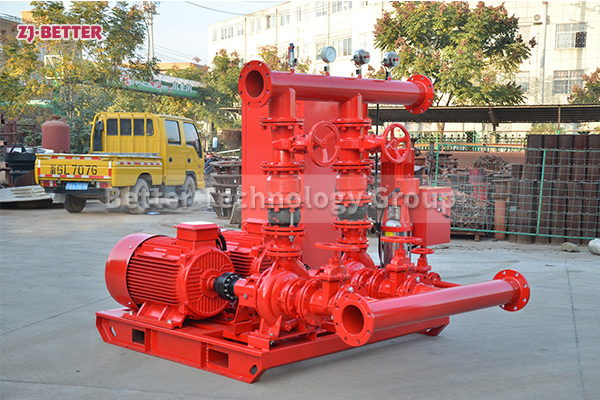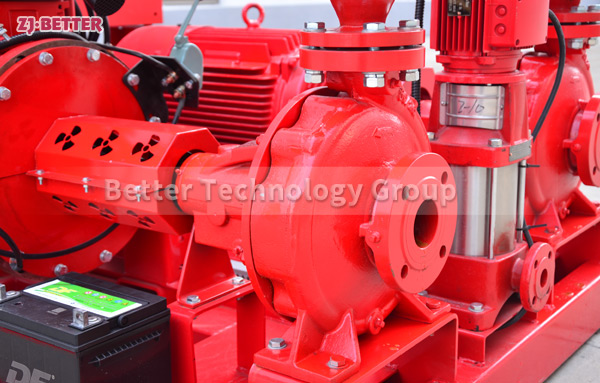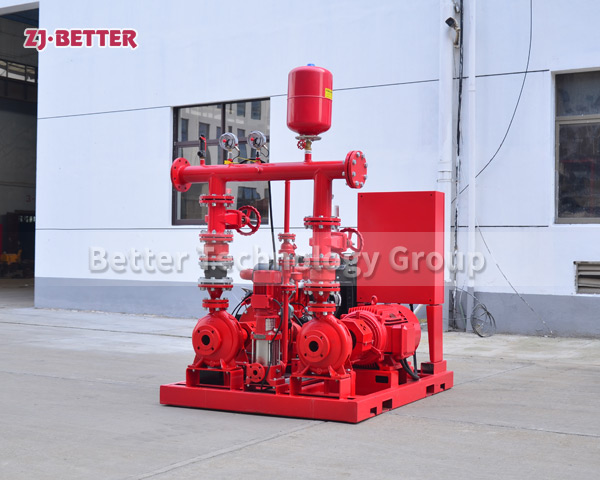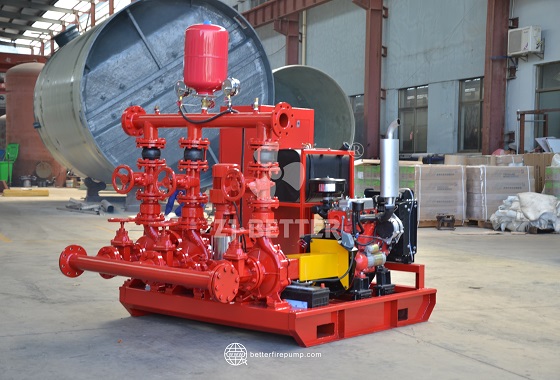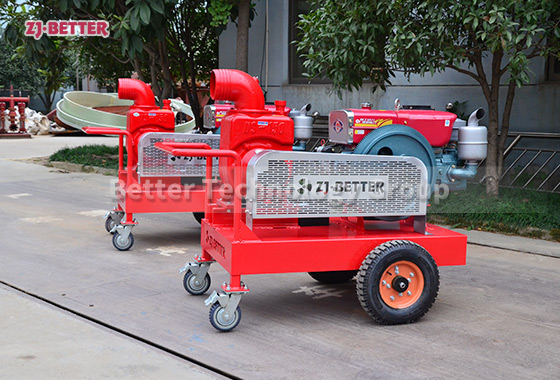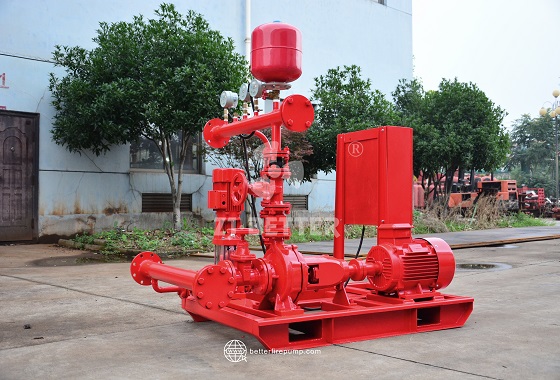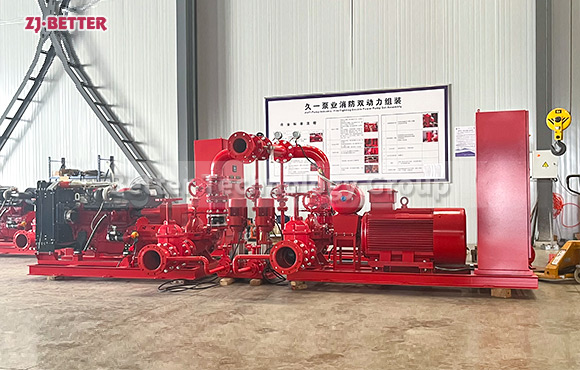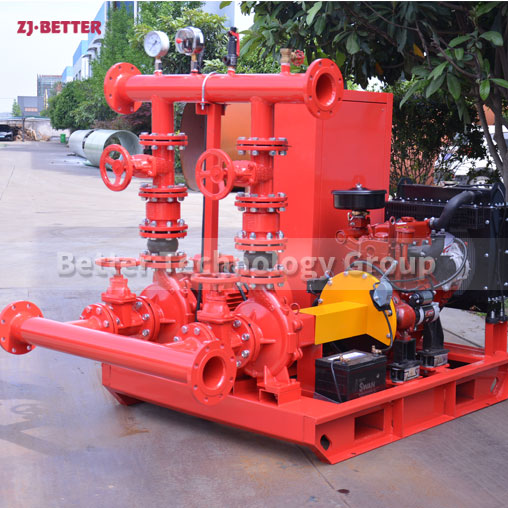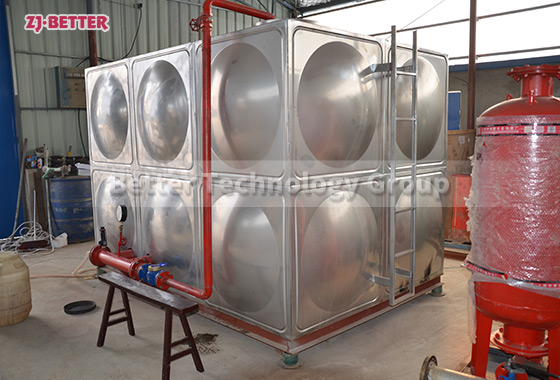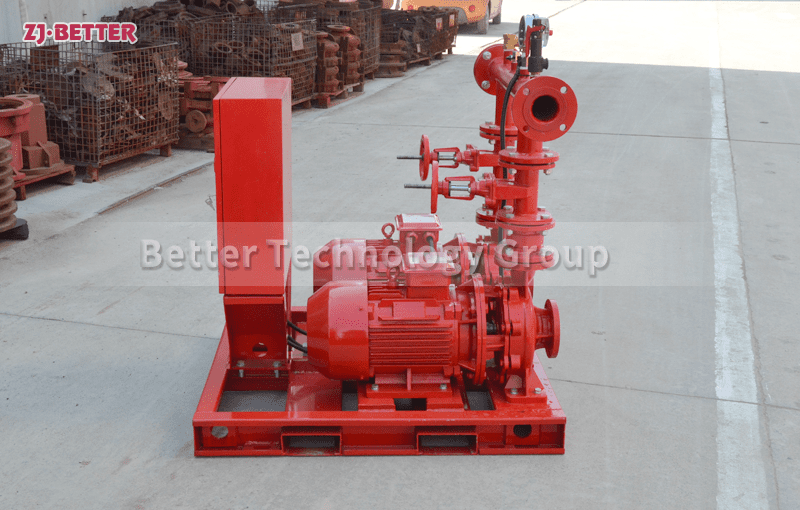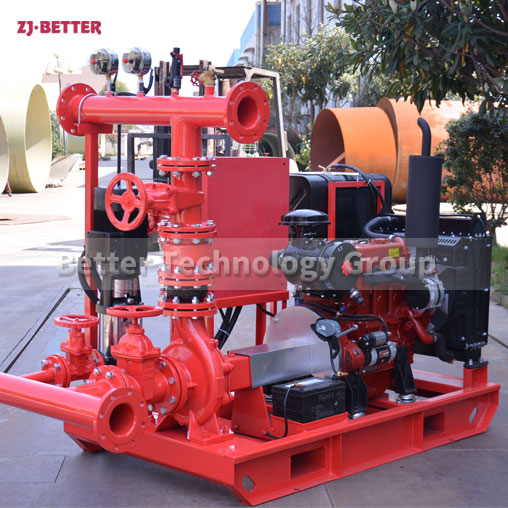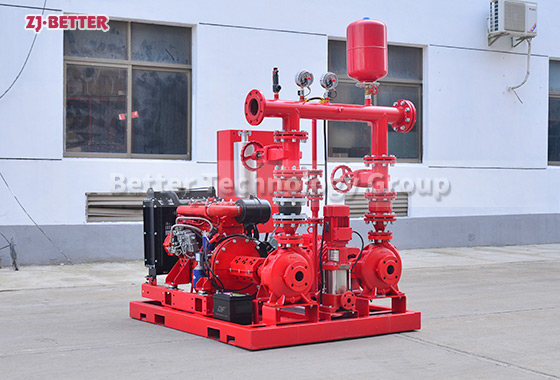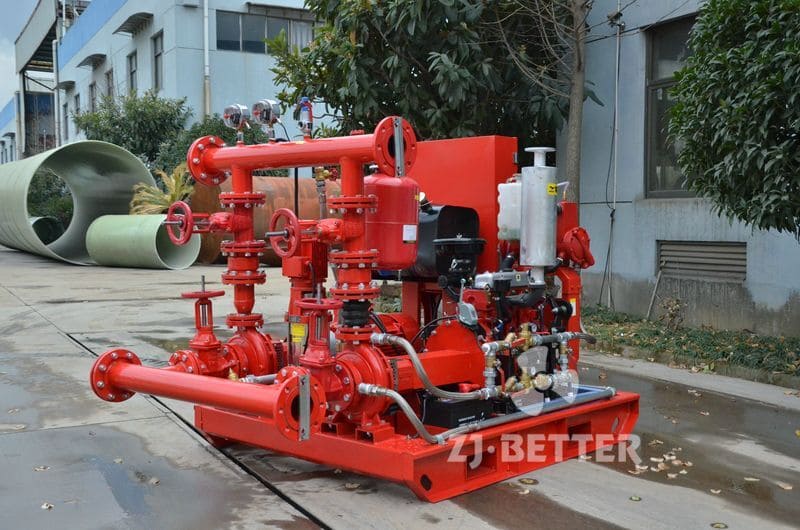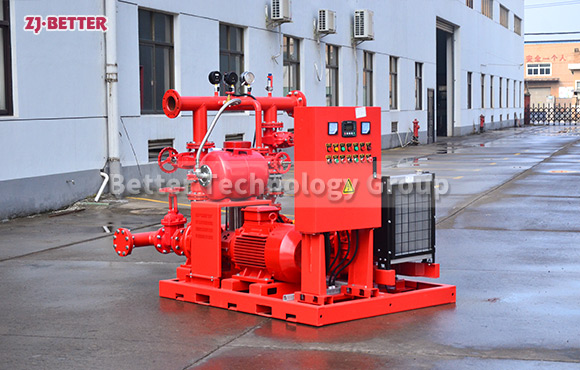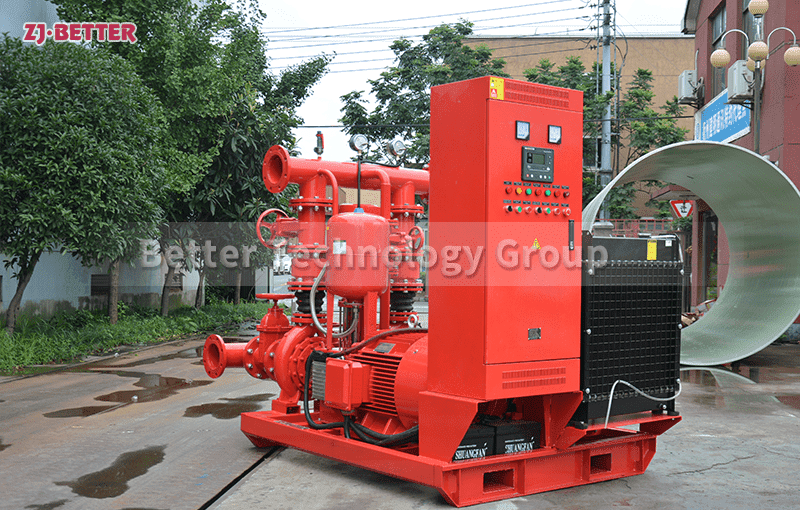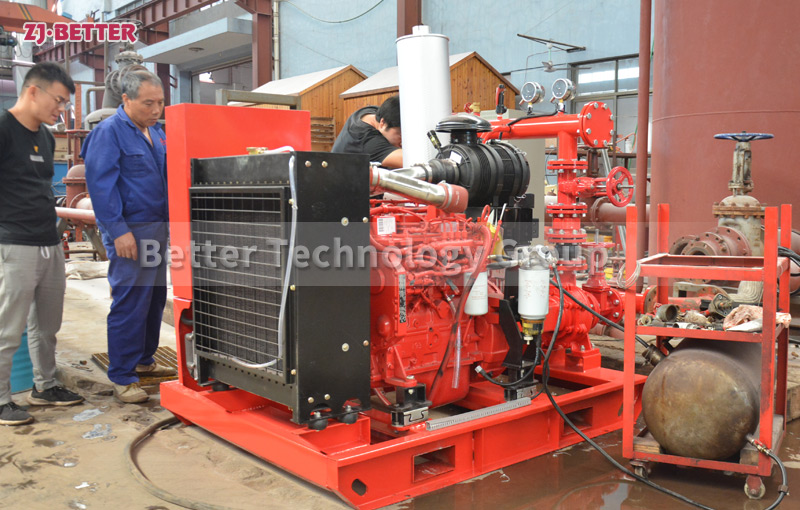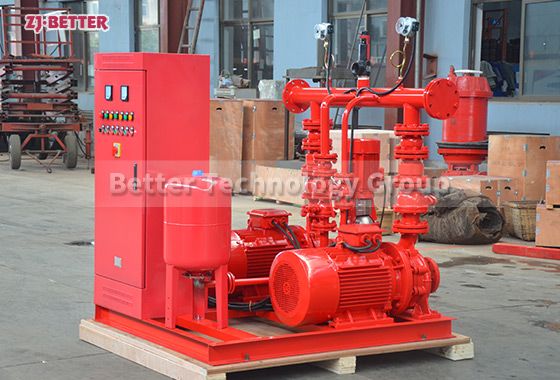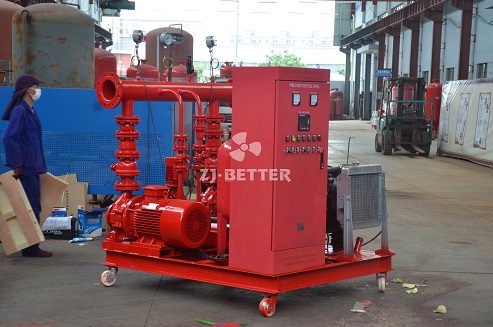Comparison of two self-inspection methods for fire pumps
Diesel engine fire pump is also called “engineering diesel engine fire pump set”. The diesel engine fire pump set has the characteristics of good starting characteristics, strong overload capacity, compact and reasonable structure, convenient maintenance, simple and reliable use, etc. The unit is equipped with protection functions such as overspeed, low oil pressure, three start failures, high water temperature, low oil level, and low battery voltage. It can completely meet the fire water supply in various occasions of warehouses, docks, airports, petrochemicals, power plants, liquefied gas stations, textiles and other industrial and mining enterprises.
Comparison of two self-test methods for fire pumps:
In the fire pump self-inspection method, the normal speed self-inspection method and the low-speed self-inspection method both play a certain role in the protection of the fire pump. From the perspective of maintenance and management, they can all be used in the fire water supply system. Relatively speaking, the normal speed self-test method can reflect the actual operating conditions of the fire pump. From the perspective of the cause of fire pump failure, the failure of the fire pump for a long time is mainly due to the occlusion of the shaft of the pump unit. There are few problems in the working condition of incomplete motor starting, so overemphasizing the operation of the fire pump in good working condition has little meaning.
The normal-speed self-test method is applicable to the situation where the fire pump absorbs water from the fire pool, and the layout of the pipeline should be reasonably considered in the planning. There are certain problems in operation, and overpressure will be formed soon, so it is not very suitable for engineering use. The normal-speed self-test method and the low-speed self-test method have their own characteristics.
Although the low-speed self-inspection method is not comprehensive for the operating conditions of the fire pump, it has no special requirements for the planning of the fire pump pipeline, and can basically be applied to the technical requirements for the self-inspection of the fire pump. It is more suitable for the situation where the fire pump directly absorbs water from the municipal pipe network.

